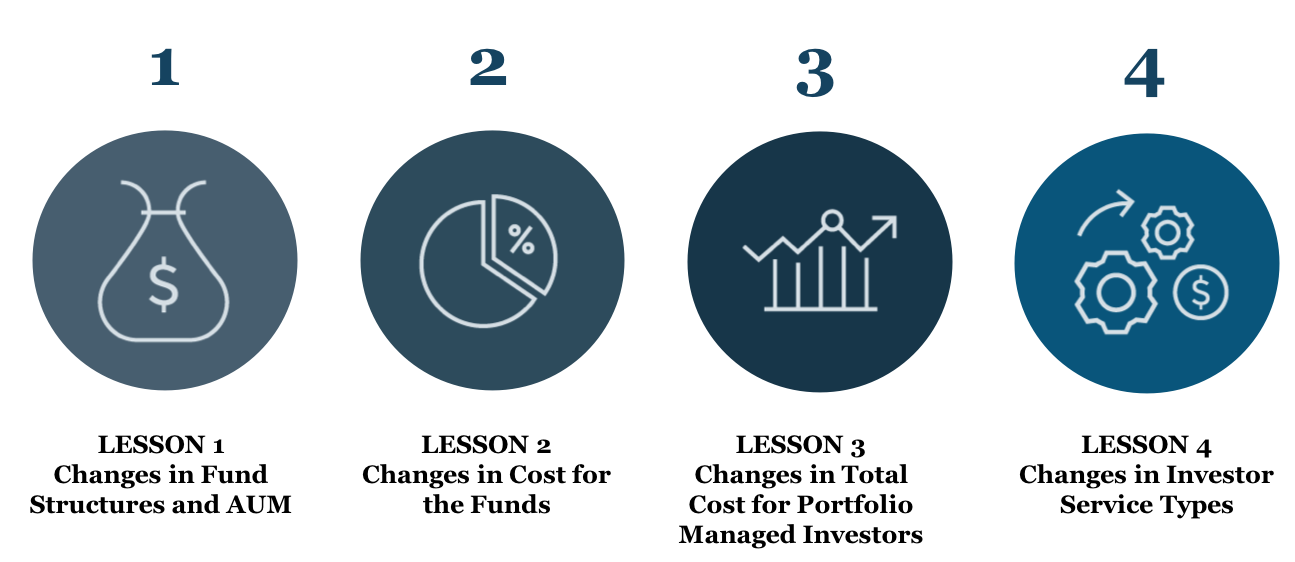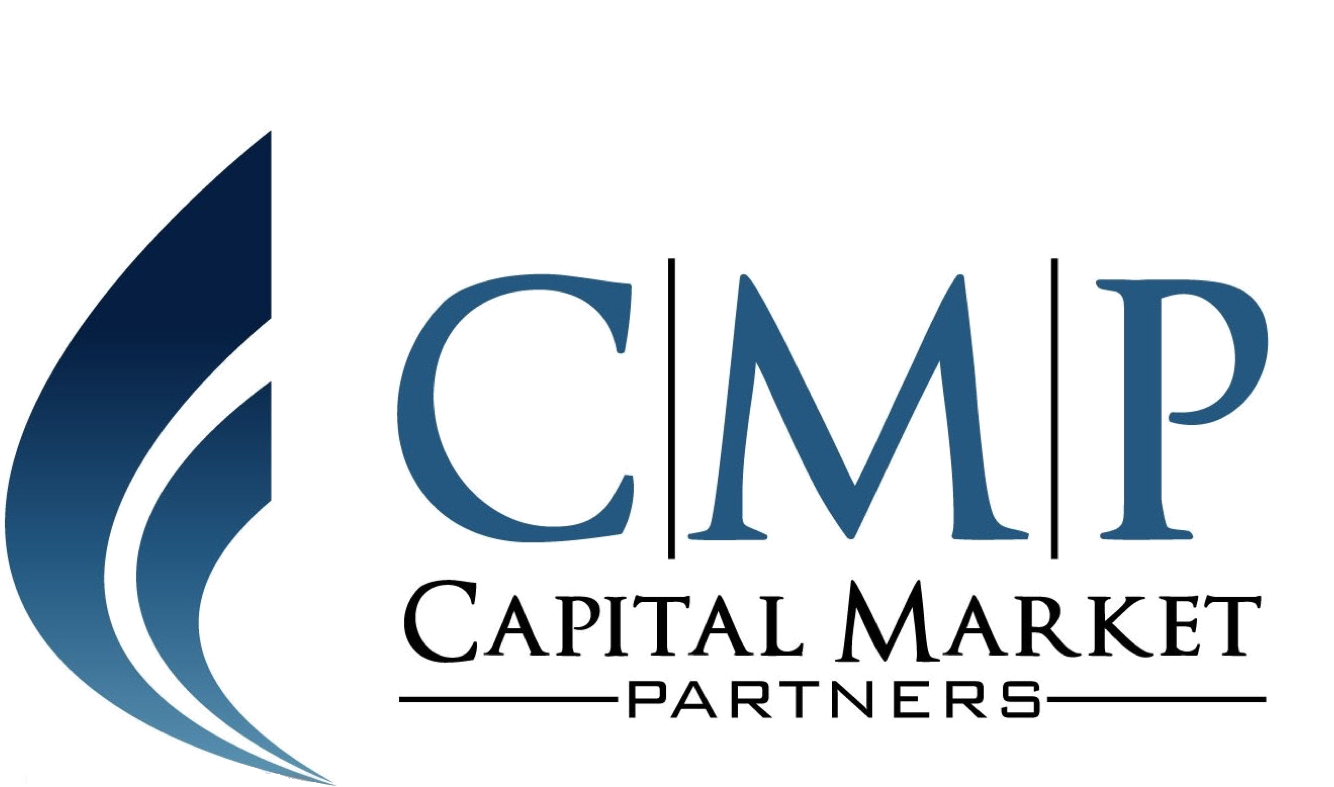Four Lessons Learned on the MiFID II Ban on Inducements
The partial ban on inducements (formidlingsprovision) related to marketing of investment funds is probably the most controversial part of the MiFID II directive. If we take a look back on the implementation of the legislation. What effect has it had so far and what has changed? This post goes through four lessons that we have learned.
Jens Lohfert Jørgensen, Manager | 8th of August, 2018
Investor Protection by Means of Transparency
The guiding principle in MiFID II is investor protection by means of transparency. The partial ban on inducements was introduced as a protection against the potential conflicts of interest in the situation, where an investment firm (i.e. a bank) is acting on a discretionary basis in the interest of the bank rather than the interest of the investor.
Or to be specific: If the bank buys and sells investment funds to portfolio clients not because of the products shear investment and cost qualities, but because the products pay out the highest fee to the bank.
According to MiFID II, an investment firm (i.e. a bank) is only permitted to pay, or be paid, an inducement (a fee or commission) in connection with the provision of an investment service or ancillary service where
- the relevant payment is designed to enhance the quality of the relevant service to a client of the investment firm; and
- does not impair compliance with the investment firm’s duty to act honestly, fairly and professionally in accordance with the best interests of its clients.
Partial Ban on Inducements
In a Danish context the ban prohibits banks to receive fees from investment funds (investeringsforeninger) if the funds are used in discretionary managed client portfolios. Only if a client is advised before the investment decision a fee can be paid out from the investment fund to the bank.
Obviously, this has attracted attention in the European investment industry, as the ban on inducements is intervening in the basic business model and hence the income stream of most European banks.
In Denmark the ban came into effect in July 2017, and since then the Danish FSA (Finanstilsynet) has been monitoring the developments in the fund market in order to assess the effect of the ban. A key theme for the FSA has been to monitor whether the banks have been by-passing the ban by replacing one banned fee with other types of fees or costs to the clients.
At the end of June of 2018, the FSA published their first report on the consequences of the partial ban on inducements in Denmark. The full report can be download here.
Four Lessons Learned So Far
A couple of lessons can be learned so far and will be divided into four areas:

Lesson 1: Changes in Fund Structures and AUM.
The investment industry launched prior to MiFID II a vast number of new so-called clean fundsdesigned for the portfolio management client accounts. The clean funds are identical to the original funds except, they don’t pay out inducements to the associated bank doing the marketing/portfolio management task.
Portfolio clients thus get a less expensive fund, but instead they are charged a direct – and more visible – fee by the bank in order to compensate the bank for the missing inducement fee from the fund. In order to restrain non-portfolio managed investors to get access to the clean funds these were generally delisted from the Nasdaq Copenhagen Stock Exchange and removed from public internet market places.
The amount of assets in the new clean funds can be seen from the below chart: Pre-MiFID II clean funds accounted for only DKK 182 bill. or 21% of the retail funds market. After the ban assets in the 233 clean funds accounted for DKK 507 bill. or 55% of the market.
SEE ALSO: It’s All About Dividend Tax: The Low-Cost Game in the ETF Market
Figure 1: AUM in funds structures pre- and post MiFID II came into effect in Denmark

Source: Danish FSA, June 2018.
Lesson 2: Changes in Cost for the Funds
The FSA report analyses to what degree the formation of the new clean fund structures has actually reduced the total cost for the investors using portfolio management services in the banks. Bear in mind, that the guiding principle for MiFID II is not “lower cost” as such, but rather “investor protection” and increased transparency on the costs.
In the fund markets, costs are normally grouped in three main buckets:
- Inducements (provisioner)
- Administration
- Investment Management
The report analyses the cost structure of the actual funds coming from being pre-MiFID “dirty funds” (i.e. funds paying out inducements) and post-MiFID being converted to clean funds with no inducement cost to be paid. These converted funds account for a total of DKK 302 bill. in assets.
As can be seen from the figure 2 below, the total clean fund costs are substantially lowered with 0,43%-points, however not fully reflecting the removal of inducements of 0,52%-points.
This is due to the fact, that the cost related to investment management is increased by 0,09%-points during the process in 2017. Hard to say if this is just normal fee adjustments or actual compensation for missing income from inducements.
And just for the record: The reduction in inducement fees to the banks of 0,52% equals DKK 1,6 bill., whereas the net reduction in total costs (and thus direct revenue loss to the banks) of 0,43% after adjusting the management fees equals DKK 1,3 bill.
Figure 2: Fund cost stuctures pre- and post MiFID II

Source: Danish FSA, June 2018.
Lesson 3: Changes in Total Cost for Portfolio Managed Investors
Finally, the FSA report looks at the total cost that an investor using portfolio management services are charged pre and post MiFID.
The issue is apparently simple: If the investor is met with the same size of new direct fee for portfolio management as he is saving by using clean funds with no inducements, then the total cost pre and post MiFID is unchanged.
However, in practice the new direct fee structures bring new factors like tax and VAT into the equation. And as other factors like individual portfolio size and risk profile are also involved it is far from simple to estimate whether the total cost have increased or decreased for the portfolio investor using clean funds.
As can be seen from figure 3 below the average investor with a medium risk profileis experiencing higher total net cost in his portfolio. The same picture goes for the low risk portfolios(with overweight of fixed income assets), whereas for portfolios with high risk profilethe total costs seem to be more or less unchanged.
Figure 3: Total costs for portfolio management investors with medium risk profile, grouped by size.

Source: Danish FSA, June 2018.
Lesson 4: Changes in Investor Service Types
A consequence of the inducement ban is that the market for investor services was divided in two service segments: Services that are within the ban and services that are outside the ban. Discretionary managed portfolios and pooled accounts (“Puljeinvestering”) are within, while advised accounts and execution only services are outside.
The FSA has conducted a survey among the seven largest Danish banks covering approximately 70% of the total invested assets of retail investors in Denmark. Note that these data comprise not only assets in funds but also direct investments in shares and bonds.
Before MiFID II came into effect, the number of custody accountswas evenly split between investors within the ban (managed and pooled accounts) and outside (advisory and execution only). However, only app. 33% of the actual assetswere held in the banned segment, while 66% were held in non-banned types of investor services.
As we have seen from the previous lessons the banks have been able to compensate their loss of inducements by applying direct portfolio fees – following the intention of MiFID – and hence there has only been minor incentives for the banks to move investors from banned services to non-banned services. This can be seen on figure 4.
However, the overall quite limited movement covers some remarkable differences among the individual banks client offering.
Generally, the larger banks have been reluctant to change client strategy. Their portfolio accounts are still managed account, but after MiFID they use clean funds and direct fee payments for the investment management.
On the other hand, data shows that the smaller banks have pursued an active strategy of moving their portfolio clients to advisory services, where inducement is still legal – but clients are not met with direct management costs.
Figure 4: Changes in investment service types within or without the inducement ban.

Source: Danish FSA, June 2018.
The Real Effect of MiFID II Inducement Legislation
Based on the report, we conclude that the implementation of MiFID II inducement legislation has so far only had little real effect on the actual total net cost for investors.
Investors previously using advisory services (“rådgivning” or execution only) are basicallyusing the same funds as before MiFID II and are generally not affected on the cost.
However, these investors will supposedly receive improved quality in the investment advisory service from the banks, as this is a MiFID precondition for the banks to keep on receiving inducements. Investors using portfolio management services are now using new clean funds, but new fees are introduced, and thus the total net cost is unchanged.
There have – so far – been quite few movements in types of services, that the individual banks offer to clients. Time will show if this is a matter of operational bottlenecks or if the pattern will continue.
What is new – but hard to quantify – is that a growing public focus on transparency and the inherent conflict of interest is growing out of the MiFID jungle.
The FSA has already flagged, that new reports will target the tendency of increasing cost for the investment management task in the funds (See figure 2 above). Likewise, future reports will target the increased flow of invested assets into investor services that are not covered by the ban on inducements – i.e. the movement of capital from managed accounts to advised accounts. Finally, the FSA will evaluate the extent of quality improvements in investment services.

Jens Lohfert Jørgensen, Manager
Jens Lohfert Jørgensen has been working in the financial sector since 1983. He has extensive experience and knowledge of investment and asset management, as well as a profound understanding of financial instruments, allocation, operations, trading processes, pricing, administration, cost structures, and the complexity of contract negotiations in asset management.
Jens has strong execution competencies and optimization experience of operational processes within investment functions.
Read more about Jens and our other consultants here.



